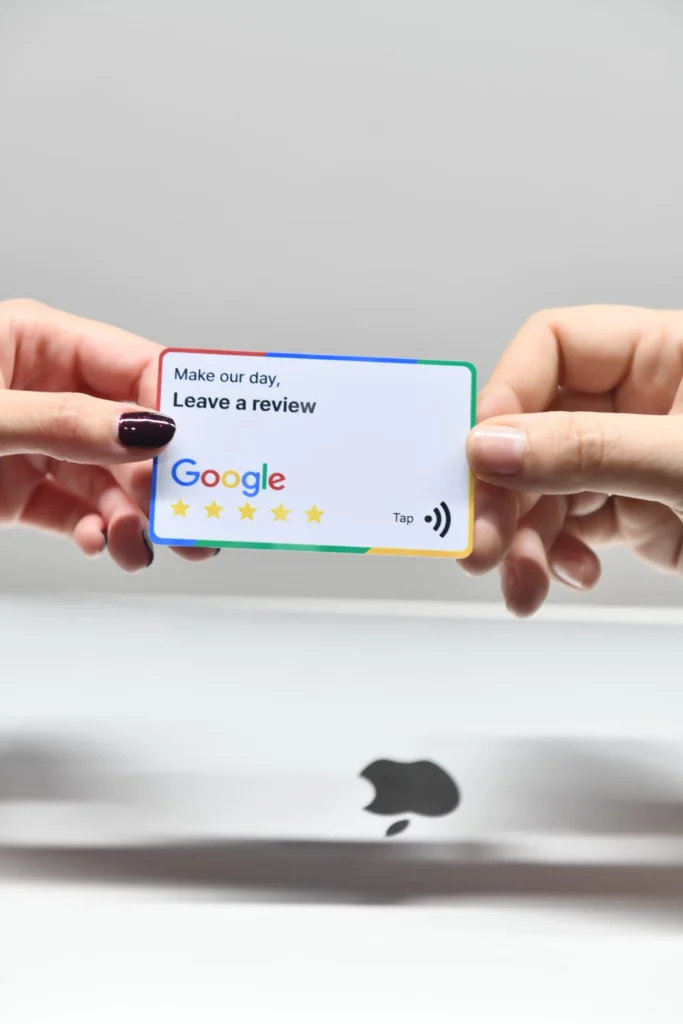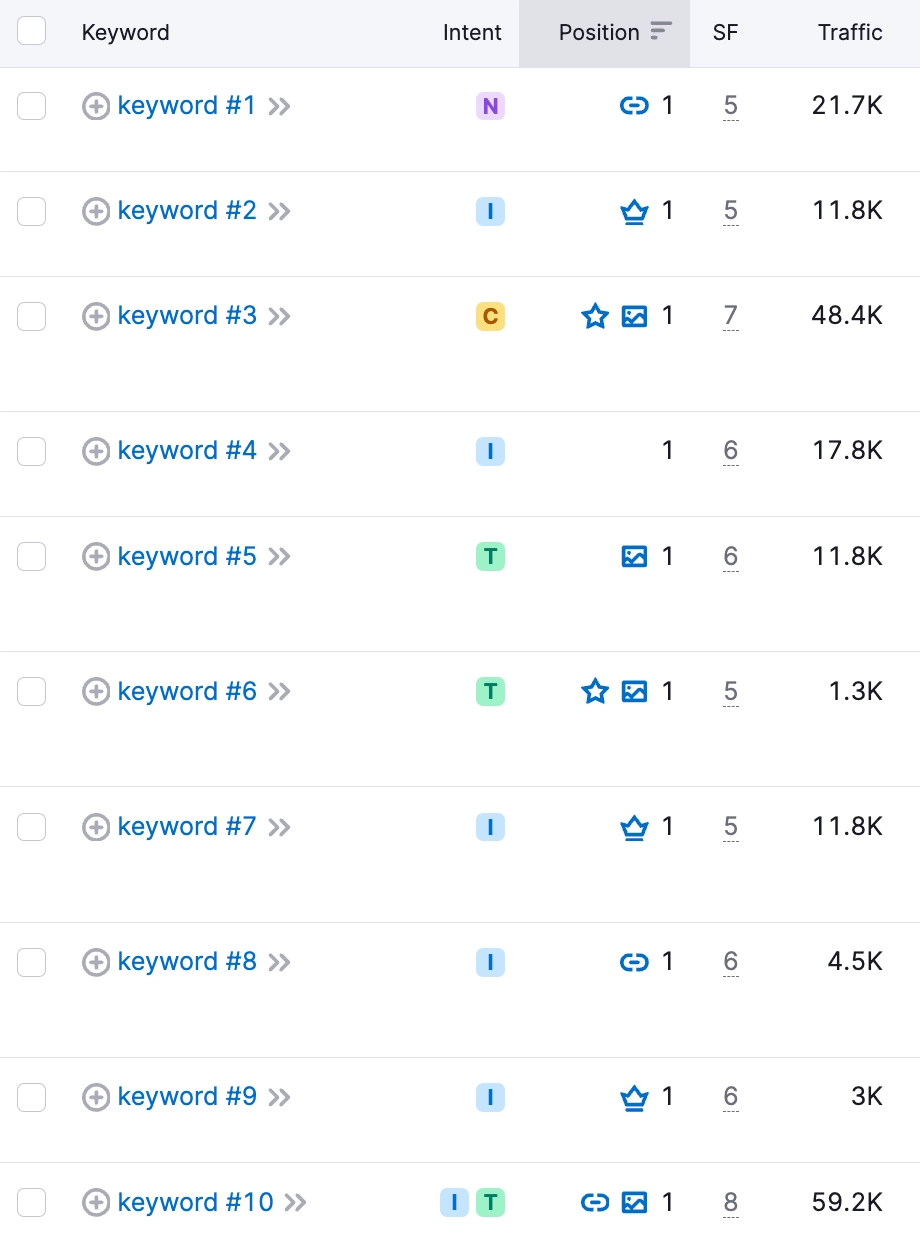Creating a FAQ is a great idea. These pages, which allow you to answer the questions your visitors have on a subject, are an opportunity to highlight your expertise while designing content tailored for SEO and innovation…
Provided, of course, that you optimize it well! How to create a FAQ? Here are some concrete advice and good reasons to start.
Why create a FAQ?
For those who don’t know what a FAQ is, it’s simply one or more pages on a site that are used to answer questions that Internet users have about your expertise, your company, or your services… But why go to so much trouble to identify these questions and to answer them?
1. Valuing your mastery of a subject
Being able to answer questions gives a positive image of someone who masters his subject. A good FAQ can therefore allow you to highlight your knowledge, your pedagogy, and your understanding of the subjects that concern your readers.
2. Increase the confidence of Internet users
The person who “has the answer” always seems very reassuring… and by definition, we want to trust him. This is beneficial for an amateur, and essential for a professional, and a good FAQ conveys precisely this reassuring image.
We are more likely to turn to people we trust, whether we read their articles, listen to their advice, or buy what they sell/recommend. Of course, it’s up to you to live up to that trust by carefully choosing the questions you answer and the way you answer them.
3. Identify the topics that concern your visitors
Creating a FAQ means taking the time to ask yourself what questions your visitors are concerned about. This is an exercise that not everyone does spontaneously, but it is very useful.
It is a source of inspiration, which can push you to deal with subjects that you had not thought of.
It is an opportunity to question your preconceived ideas and prejudices.
4. Gaining traffic through referencing
Who do we turn to when we have a question when we are looking for information? Sometimes, to your friends… Often, to a search engine.
So naturally enough, questions and answers have potential in terms of referencing. Google has understood this, by developing many specific displays for questions/answers.
For example, there are direct answers provided to some simple questions.
The “People Also Ask”, which are complementary questions to your initial question and allow you to go deeper into a topic.
The “position 0”, gives part of the information you are looking for directly on the Google search page, by selecting the site that seems to provide the most relevant answer to your question.
The search engine also offers to highlight in the search results the FAQs, whether they are created by a single “entity” (a brand, a person) or by several contributors.
5. Preparing the future of the web
There is more and more talk about voice search, the use of voice to query assistants such as Google Home or Amazon Echo… and inevitably, the way to formulate a search orally is not quite the same as in writing.
“Ok Google, how do you make homemade mayonnaise?” probably replaces the “make homemade mayonnaise” that we are more likely to type in writing.
Moreover, voice assistants tend to read the “best answer to the question” they find on the web.
As a result, it is now considered an excellent way to prepare for voice search to offer appropriate answers to relevant questions.
How to create an effective FAQ?
1. Define the most relevant questions on the topic
Before answering visitors’ questions, creating a good FAQ means asking yourself questions!
To identify what intrigues and questions your visitors, there are many resources at your disposal:
- Keyword research tools: you can use the “classic” SEO keyword research tools. More and more of them are integrating a “Questions” feature, like SEMRush and its Keyword Magic Tool.
- Google features: “People Also Ask”, and Google Suggest (the suggestions that the search engine offers when you start typing a term in the search bar) can give you ideas for questions.
- Forums and discussion groups on your topic: whether it’s on a social network or elsewhere, the communities around your topic can show you the questions people are asking.
- Ask the readers themselves: the good old survey can teach you a lot.
- Answer The Public: This free tool offers a lot of questions based on the term you enter in the search bar.
- Go back to your emails: your readers probably ask you recurring questions. Jotting them down as you go along or reviewing your email archives can give you ideas.
- Ask “those who might know”: in a professional context, think of all the people who are in contact with the field and who can tell you what questions your customers/prospects have. Salespeople, customer service, pre-sales people, so many people who can be the privileged relay of your target’s questions.
In short, collect as much information as possible and identify the most frequent questions to prioritize the content that needs to be written.
2. Study the language of the Internet user
Behind the same question, there can be many formulations. Creating a good FAQ also means understanding who you are addressing.
It is essential to speak the same language as people: depending on their expertise, and their “maturity” concerning your subject, they will not express themselves in the same way. Good keyword research before creating an FAQ will help to remove this obstacle.
3. Structure your FAQ
Once you have listed the questions, a crucial question often comes up: how to structure the FAQ so that it is easy to read while being rich in information?
There are two types of questions, which guide approach to FAQ structure:
- Simple questions – These do not require a full page to answer.
- Complex questions – The answer can be a full article because the topic requires an in-depth approach.
Simple questions can simply be gathered on the same page, by theme. Google Help is an interesting example of a FAQ page. Some pages target simple questions, with accordion systems that make the presentation a bit more digestible than a big block of text, and/or anchors to access directly on the page the answer you are looking for.
And there are pages that list by theme more complex questions, which require full articles to answer.
4. Prepare clear and concise answers
The elements present in an FAQ must be formulated as real answers. It is therefore recommended to start with “yes-no” if they are closed questions, to save time for Internet users. The language used must be understandable by all users and must not contain jargon specific to your field of activity. Popularization is therefore essential, especially if you operate in a technical and highly specific sector.
It is important to use short and clear sentences. For complex questions, do not hesitate to answer precisely and in detail. Links to external and official sources can be integrated for more credibility.
5. Insert visuals
To offer the most detailed answers possible, you can integrate videos, photos, or GIFs to accompany the content of your response. This can be useful especially to explain the functioning of software or to specify the steps to follow for certain technical manipulations.
Visuals can be particularly useful for explaining technical concepts or demonstrating how to perform certain tasks. For example, if you’re answering a question about how to use specific software, you might include a screenshot or a short video demonstrating the process step-by-step. This can help to make your answer more accessible and user-friendly, especially for those who may be new to the software or technology.
Visuals can also be used to break up long blocks of text and make your answers more visually appealing. For example, you might use images or graphics to illustrate complex concepts or to provide a visual representation of data or statistics. This can help to make your answers more engaging and easier to understand, especially for those who may be visual learners.
When incorporating visuals into your FAQ page, it’s important to make sure that they are relevant and add value to the answer. Avoid using visuals just for the sake of it, as this can make your answers appear cluttered and distract from the main point. Instead, focus on using visuals strategically to enhance the clarity and effectiveness of your answers.
6. Stay open to suggestions
An FAQ is a place where your visitors are explicitly invited to find answers to their questions. It is therefore relevant to offer them a solution if they are not satisfied with their visit.
You could suggest asking a question by saying, “If you couldn’t find the answer you were looking for, feel free to ask us now!” Additionally, you could provide a search engine that tracks user input through Google Analytics or a similar tool to gain insight into what users are searchi
ng for.
7. Bring out the personality of a brand
An FAQ doesn’t necessarily have to be entirely formal. The answers provided can help set the tone and convey the personality of a brand. Don’t hesitate to be creative in the content by adding touches of humor or sharing beliefs and values upheld by your brand, for example.
One way to bring out the personality of your brand in your FAQ is to use a consistent tone throughout your answers. For example, if your brand is known for being approachable and friendly, use language that reflects these traits. On the other hand, if your brand is known for being more serious or professional, use language that is more formal and technical.
You can also incorporate your brand’s values and beliefs into your FAQ page. For example, if your brand is committed to sustainability, you could include information about how your products or services are eco-friendly. Alternatively, if your brand is focused on customer service, you could highlight your commitment to answering customer questions and providing helpful support.
8. Simplify navigation within the FAQ
It is recommended to sort the different questions of your FAQ by categories that include drop-down lists, for example, so that users can more easily and quickly find the desired answers. You can also add a search bar and insert a “most frequently asked questions” section to make the process even easier for users.
Sorting the different questions into categories can help users quickly find the information they need. For example, if you have a software product, you could categorize questions related to installation, troubleshooting, and frequently asked questions. This way, users can easily navigate to the category that best matches their needs.
In addition to categorizing questions, drop-down lists can be used to display the questions within each category. This allows users to quickly scan the questions and select the one that matches their query.
Another way to simplify navigation within the FAQ is to include a search bar. This allows users to enter specific keywords and find relevant questions and answers. It is essential to ensure that the search function is accurate and relevant to ensure a positive user experience.
Including a “most frequently asked questions” section can help users quickly find answers to common queries. This section can highlight the most popular questions and provide quick links to their answers, saving users time and effort.
9. Optimizing the web referencing of your FAQ
Optimization work can be applied to writing an FAQ. It is possible to use structured tags for your FAQ, which will increase your visibility and your chances of appearing in Google’s enriched results. However, this approach requires certain technical means. A simpler way to optimize your FAQ is to define keywords to be inserted into the answers. This work can be carried out using SEO tools, for example.
10. Monitor the performance of the FAQ
Consider studying the evolution of your FAQ, for example, the traffic it receives, or the top pages – which are the most consulted.
You can also study, for each page, the keywords that led to the display of the content in Google search results: this sometimes allows you to identify terms or areas that the content does not address, to improve it later.
To do this, use Google Search Console: in the “Performance” menu, isolate the page(s) that interest you. Then go to the “Queries” tab to view the keywords. A good way to enrich your FAQ.
Conclusion
In conclusion, a FAQ is an excellent tool for businesses to showcase their expertise, gain users’ trust, and improve their website’s SEO. It is essential to identify the questions that visitors ask by using various resources such as keyword research tools, Google features, site searches, and forums. The language used in the FAQ should match that of the internet user, and the content should be informative, clear, and concise. By providing valuable answers to users’ questions, a company can establish its authority in its field, gain customer trust, and attract more traffic to its website. Additionally, with the rise of voice search, creating a relevant FAQ can prepare businesses for the future of the web.




